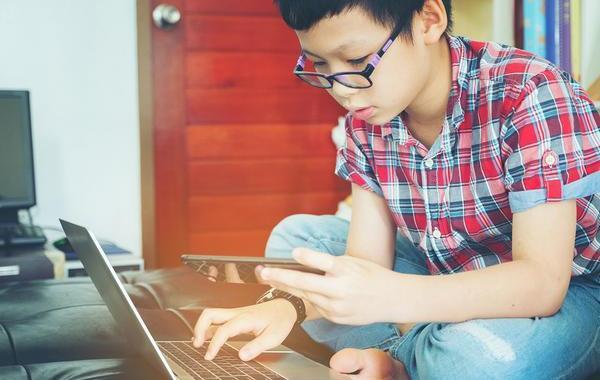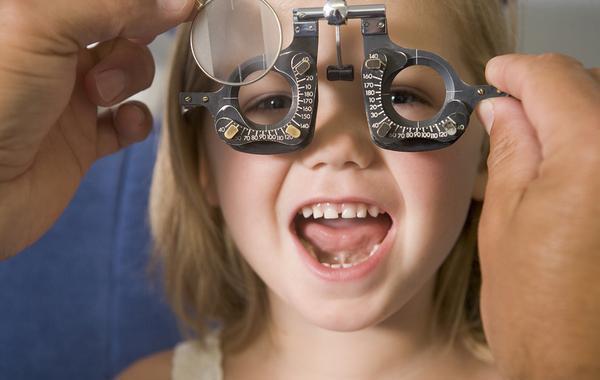
Are Smartphones Ruining Children’s Vision?
We’ve known for a while that staring at screens for long periods of time can cause problems, including dry eyes, eyestrain, neck pain from holding your head in a certain position, and possibly encouraging near-sightedness by keeping the eyes at a certain field of view for long periods of time. Note that this is true of any screen, however; whether it’s a TV, a smartphone, or a computer monitor.
A bit more open-ended is the question of blue-light exposure. While it is true that intense, long-term exposure to light in the blue wavelengths may contribute to macular degeneration, due to the fact that it’s “higher energy” than other forms of light, we need to remember we’re exposed to this wavelength of light every day in the form of “white” light, like sunlight or LEDs.
This has really only been an issue with special-effects artists, researchers, and others who spend hours every day bathed in primarily blue wavelengths of light driven by enormous lights such as Klieg lights. In short, the driver here shouldn’t be extreme medical fears, but common sense.

Keeping Kids’ Eyes Clear
Before making any decisions, discuss your child’s eyes with your family doctor. Especially for childhood eye conditions, you should proceed based on medical recommendations.
Working from those recommendations, lay out a schedule and a time limit with your children that allows them to have fun while keeping them from straining their vision. Leave some flexibility in the schedule for holidays, rainy days, and other situations where you may need looser rules.
Set up parental control apps to enforce the rules, and charge tablets, phones, and other items away from bedrooms. These will shut off phones during bedtime, for example, so even if your child decides to break the rules, they’ll have to put the device back.
Require breaks. Kids (and adults) shouldn’t be bingeing TV shows or playing video games for hours on end. Require, for example, that they get up and spend at least a few minutes away from the TV either at the end of an episode, or at a set time during gaming sessions.
Reduce brightness and ensure kids only use devices in well-lit areas. Providing contrast for the eye reduces eyestrain, and reducing brightness on tablets and phones will limit how much energy a phone puts out.
Ensure there are other activities and games that don’t involve screens. Crafting, time spent with other kids, and even paper books can help kids stay off screens and keep up a variety of things to do.
Eyestrain isn’t the only problem smartphone games and streaming media can present. Proper use of iPhone parental controls and other apps can help parents keep media consumption, and time spent on devices in general, to the appropriate level. To learn more about the Screen Time parental control app, try it for free!

Join the conversation